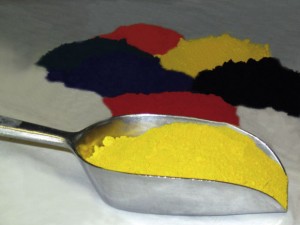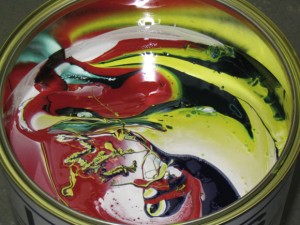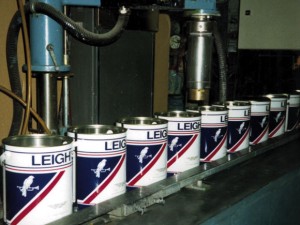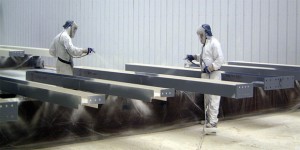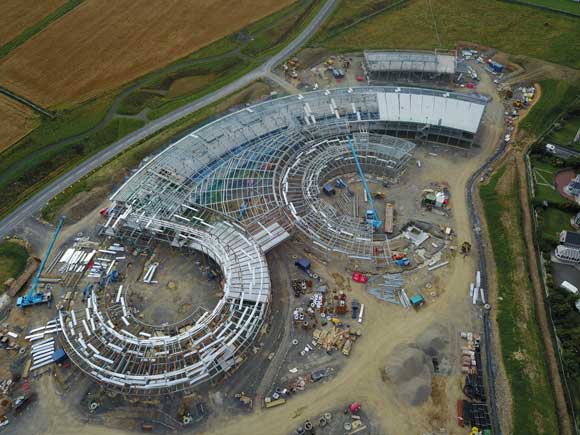News
Engineered for safety
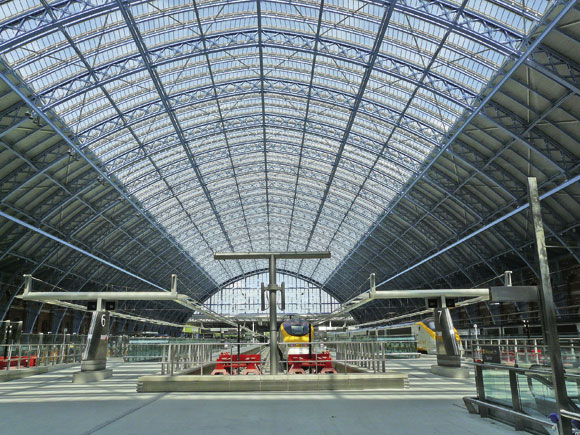
St Pancras Station’s Victorian shed was repainted with a blue paint which exactly matched the original paintwork’s shade
In the third article in our Supply Chain series, NSC looks at the role paint and protective coating manufacturers play in the UK steel construction market.
Recognition is given to the following companies which are supporting the BCSA/Corus steel construction market development programme; International Paint, Leighs Paints, PPG Protective & Marine Coatings, Site Coat Services, Wells Protective CoatingsPainting steelwork is the principal method for protecting the material against corrosion. Paint systems and protective coatings have developed over the years in response to numerous technological advancements that have brought improved performance, and to comply with industrial environmental legislation.
The market place for these products is much like others and paint manufacturers have had to adapt to a changing world. Manufacturers say they can no longer simply rely on selling to a customer’s buyer position. The steel sector is now far more enlightened and customers are not just concerned with price, they also want back up, more information and help.
It all comes down to added value. What products does a customer require, when are they needed, and importantly, can time and money be saved?
Manufacturers are conscious of their important position in the steelwork construction supply chain and industry demands for best service. To this end paint manufacturers are adapting, and some employ a Supply Chain Director/Manager, whose job involves getting to know customers better, thereby being able to get a clearer picture of current demand and future demand.
Different steelwork projects – such as warehouses, heated town centre office developments and coastal jobs affected by salt water – will all require different paints and coatings.
This customer information is vital to paint manufacturers, as it allows them to order their raw materials in advance and make sure they will be in a position to make the paint to supply demand. Raw material prices are volatile, as a result of increased demand from the world’s emerging markets. Consequently it now pays dividends if manufacturers back track down their own supply chain in order to make sure they have a readily available supply of materials.
Paint manufacturers have also put a lot of time and effort into developing and creating state of the art technologies which allows their research and development departments to design features into their products at the very beginning.
Consistent products come from consistent raw materials, made consistently. Manufacturers demand that incoming raw materials are sourced from quality approved suppliers and every batch of paint manufactured is subjected to a series of quality control tests. This will then ensure the product meets the appropriate application, drying and performance criteria.
Manufacturers also go to great lengths to ensure that their products are high performance tested to meet market requirements, undergoing a wide range of accelerated tests which include hot salt spray and humidity together with natural weathering in various environments.
All of the above, of course, depends on the end use of the product, so specialised tests such as fire testing, immersion, chemical resistance are performed according to recognised standard methods.
Fire Engineering
Increasingly, steelwork contractors are using off site fire protection, using predominantly solvent based thin film intumescent coatings. This is particularly the case in buildings requiring 30, 60 and 90 minutes fire resistance, on sites with restricted access or where speed of construction is of importance.
Off site fire protection has developed considerably since it originally began to be used on a large scale in the mid 1990s.
In response to this trend some paint manufacturers are involved in the supply chain at an earlier stage. One in particular has begun employing qualified structural engineers to advise customers on what intumescent fire protection is needed for their project.
In this way bespoke solutions can be arrived at which are dedicated to delivering cost effective fire safe buildings. Paint manufacturers are now more integrated into the supply chain, by offering fire protection advice they have positioned themselves between steelwork contractor’s estimating and contracts teams.
These structural engineers are available at any time from initial concept through design, to sign off at the site. Equipped with CAD facilities, they can prepare an individual client schedule that lists the material to use, the thickness of paint to be applied and an estimate of the overall paint quantity required.
Passive fire protection through the use of intumescent coatings means safe and visually stunning steel structures.
All photography courtesy of Leighs Paints








